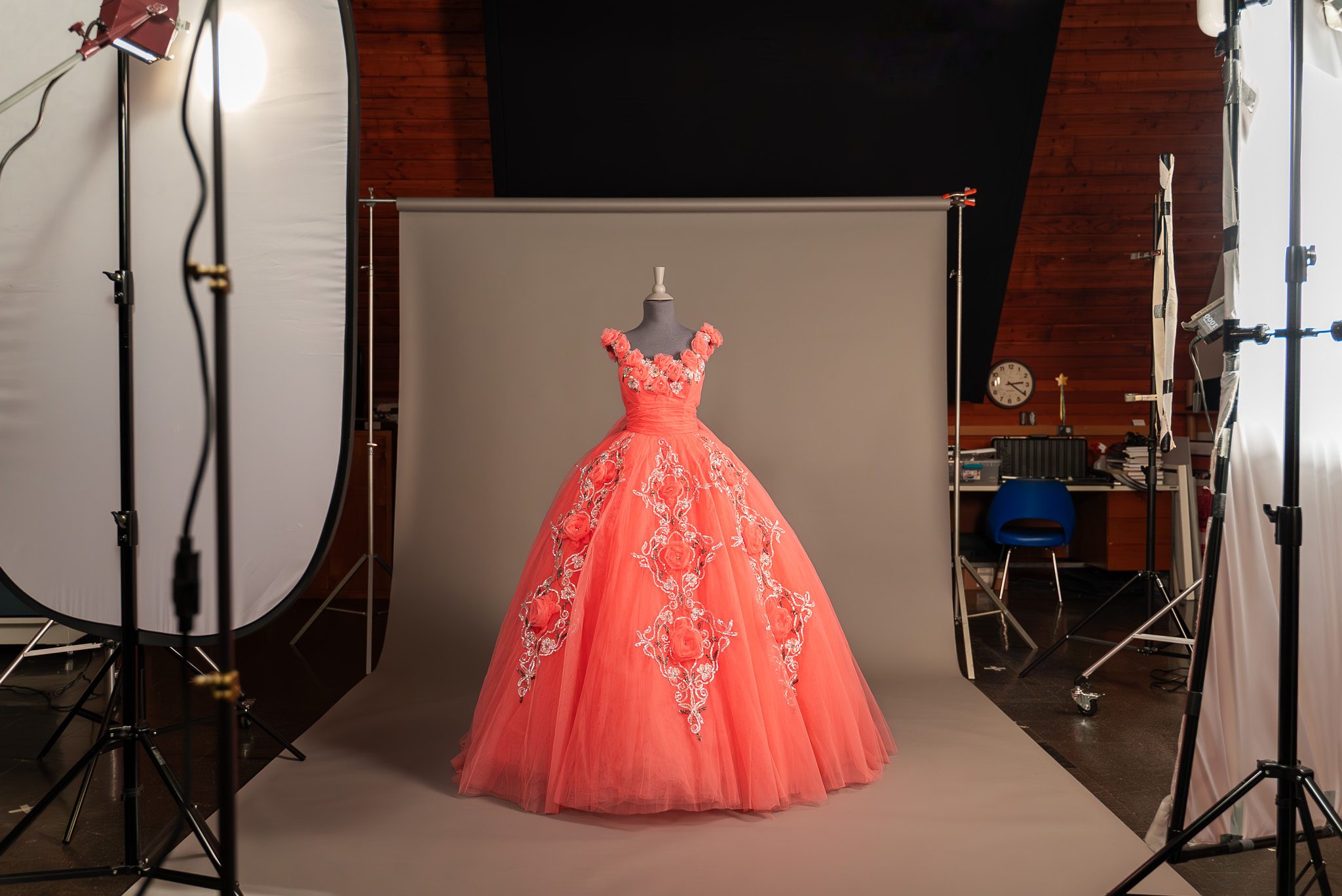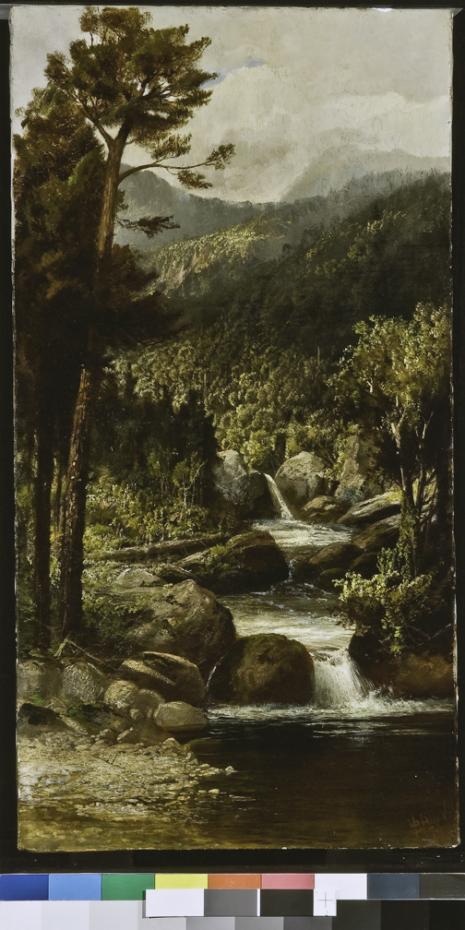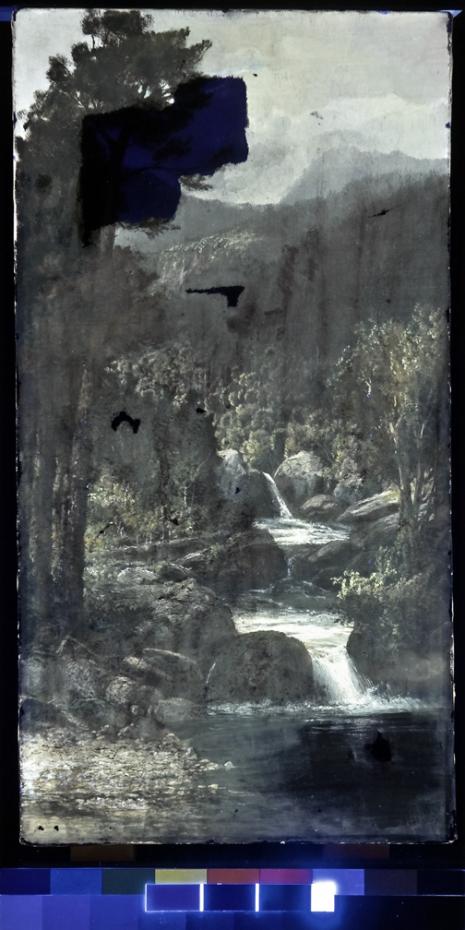
Documentation is part of every conservation assessment or treatment. Photographic documentation—the creation of accurate images—is the core of the process.
Each object is photographed before conservation treatment to record its condition and visible damage, then photographed after to document repairs. Images usually capture both overall views and details. Photographs may be taken during treatment, especially before inpainting or other forms of compensation. To record damage as accurately as possible, photographs may be taken in both reflected and raking light, which reveals surface texture and planar distortions. Special equipment and procedures are used for highly reflective objects such as silver or large objects like quilts.
Winterthur’s digital image capture and storage follows guidelines set by the American Institute for Conservation. Digital files are processed and stored using the most durable formats and methods available.

